Mechanic adjusting car’s wheel on alignment machine, illustrating how long does a wheel alignment take in a shop.
Getting your car’s wheels aligned might not seem like a high priority until your vehicle starts pulling to one side, your tires wear out prematurely, or your steering wheel no longer feels stable. Whether you’re dealing with a daily commute or a weekend road trip, proper wheel alignment plays a critical role in your vehicle’s safety, performance, and fuel efficiency. However, one common question remains: How long does a wheel alignment take, and is the service really worth the wait?
What Is a Wheel Alignment and Why Does Your Car Need It?
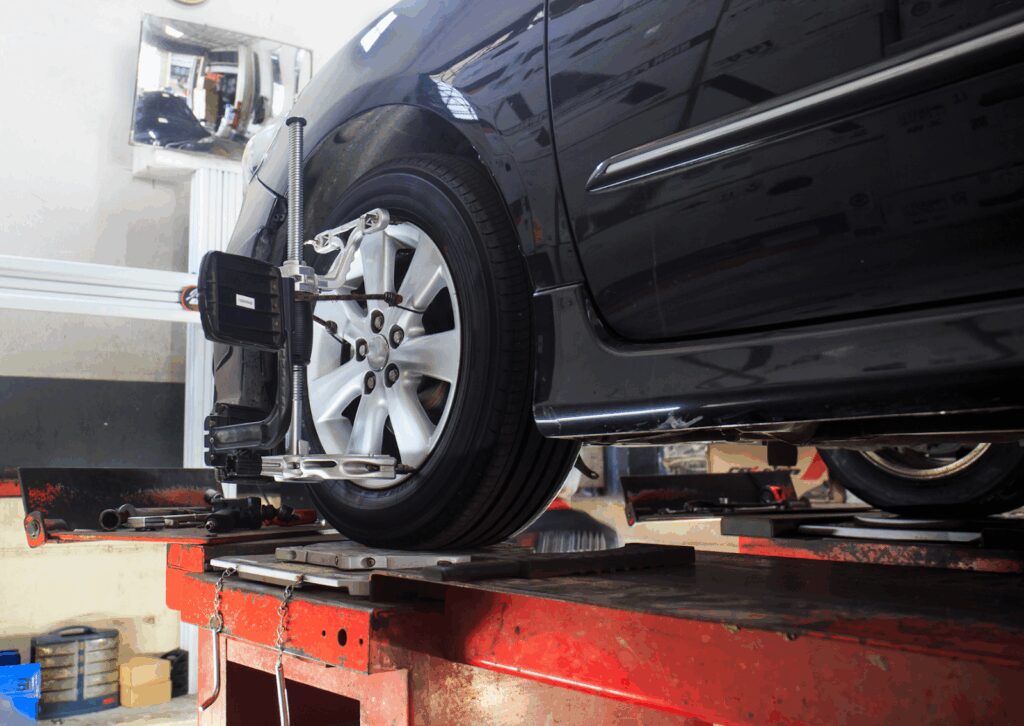
A wheel alignment is a routine automotive service that adjusts the angles of your car’s wheels to ensure they are set to the manufacturer’s specifications. Proper wheel alignment ensures your vehicle’s wheels are moving in the same direction and centered correctly in the wheel wells. When your car’s wheels are properly aligned, your vehicle drives smoothly, your steering wheel stays straight, and your tires wear evenly.
For most modern vehicles, the wheel alignment process involves using an alignment machine that precisely measures wheel angles like camber, caster, and toe-in. Misaligned wheels can result in uneven tire wear, pulling to one side, an off-center steering wheel, and decreased fuel efficiency. The alignment procedure addresses all these issues by adjusting the vehicle’s suspension systems so that the wheels are in line with one another and with the steering axis.
How Long Does a Wheel Alignment Take on Average?
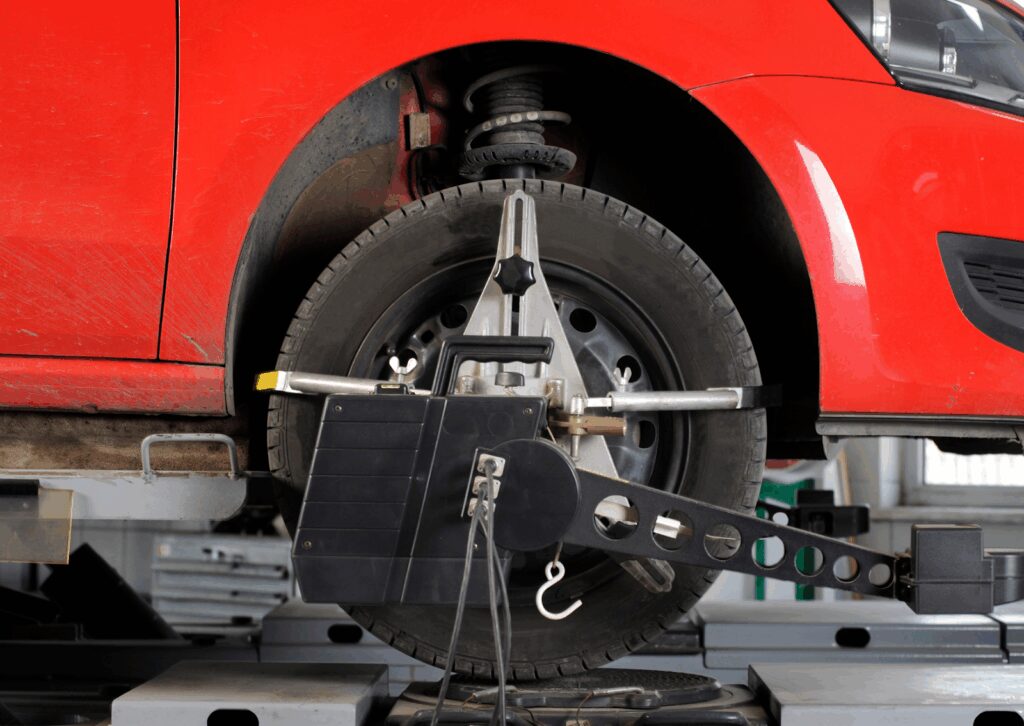
So, how long does a wheel alignment take? The answer depends on several factors, but in general, a standard two-wheel or front-end alignment takes about 30 to 60 minutes. A four-wheel alignment, which includes the rear wheels in addition to the front, typically takes between 60 and 90 minutes.
Several factors can affect this timeframe. For instance, if your vehicle requires adjustments to suspension parts such as the ball joint or control arms, or if your car has advanced steering and suspension systems, the process may take longer. Additionally, if there are signs of alignment problems like uneven wear or an off-center steering wheel, technicians may need to spend more time diagnosing and correcting these issues.
Why Does a Four-Wheel Alignment Take Longer?

A four-wheel alignment is more comprehensive than a front-end alignment. In a four-wheel alignment, technicians align both the front wheels and rear wheels, ensuring the thrust angle is correct. The thrust angle refers to the direction the rear wheels point relative to the vehicle’s centerline.
Most modern vehicles benefit from four-wheel alignments because even minor discrepancies in the alignment of the rear wheels can cause handling issues or uneven tire wear. This procedure is particularly important for rear wheel drive vehicles and vehicles with independent rear suspensions. The full alignment process ensures that all four wheels are aligned in the same direction and sit squarely with the frame.
What Happens During a Wheel Alignment Appointment?
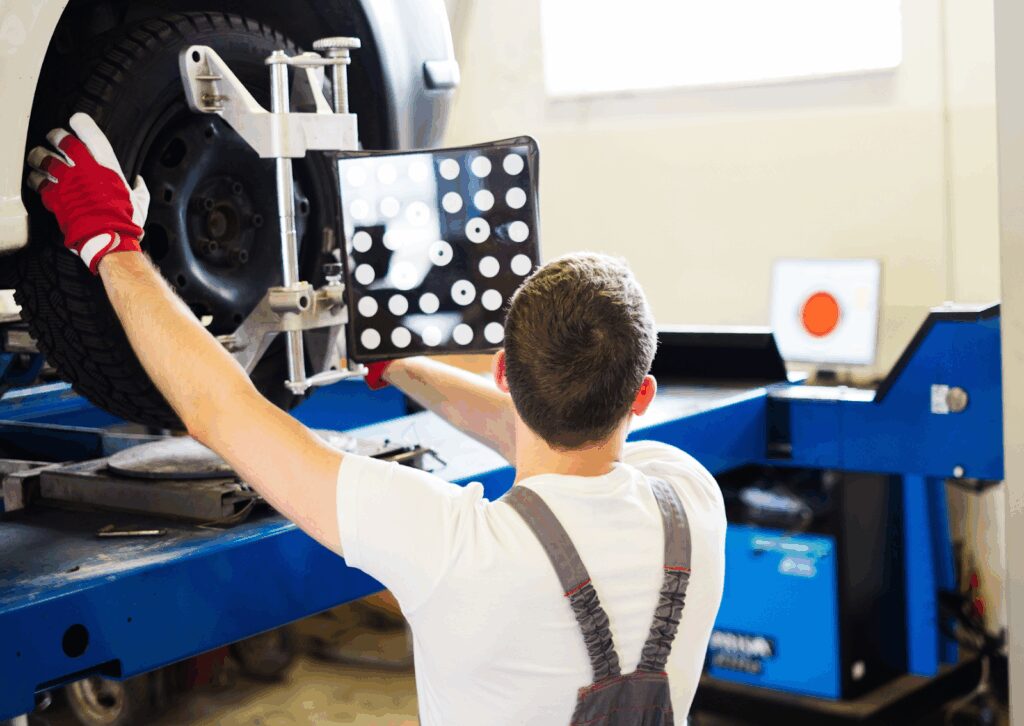
When you bring your vehicle to a tire shop for a wheel alignment, the first step is usually a quick inspection and test drive to identify visible signs of alignment issues. Technicians may also check tire pressure to ensure it’s at the recommended level, as incorrect tire pressure can affect alignment accuracy. Technicians look for uneven tire wear, pulling to one side, or a steering wheel that isn’t centered.
Next, your vehicle is placed on an alignment rack, and an alignment machine equipped with sensors is used to measure the current angles of each wheel. Based on these readings, the technician will make precise adjustments to the suspension system so that the car’s wheels are properly aligned.
Depending on your vehicle’s make and model, they may perform a front end alignment or a full four wheel alignment. Once complete, they’ll conduct a second test drive to verify the improvements.
What Should You Know About Wheel Alignment Cost?
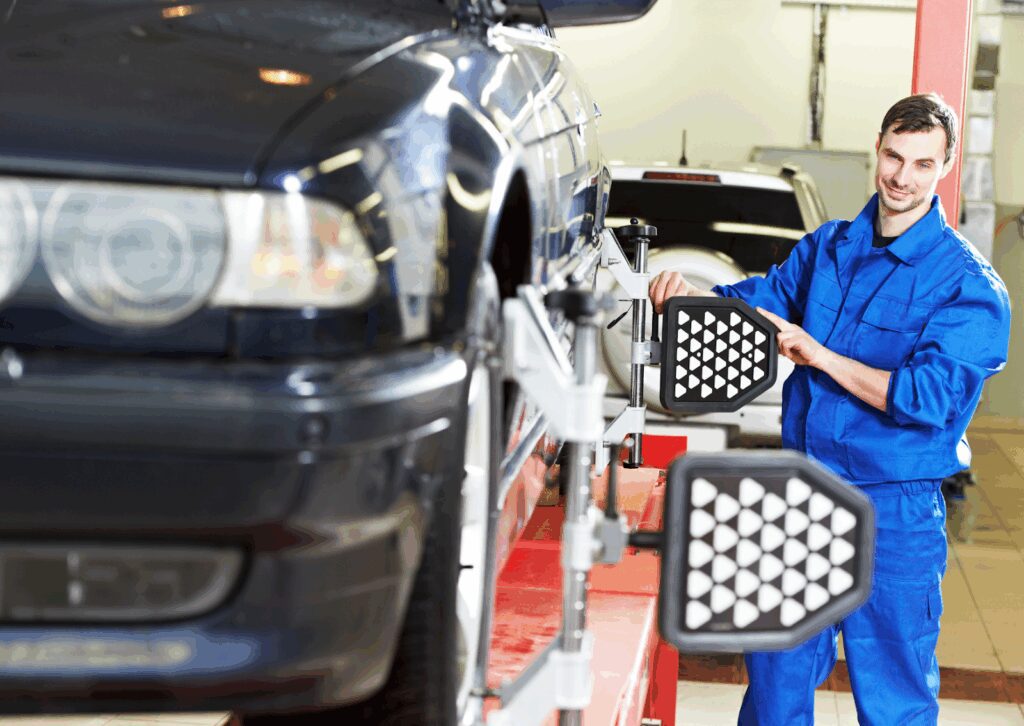
The cost of a wheel alignment can vary based on several factors, such as the type of vehicle, the condition of the suspension system, and the type of alignment service required. For example, a standard front-end alignment generally takes less time and labor than a full four-wheel alignment, which includes adjustments to the rear wheels.
Additionally, vehicles with advanced suspension systems or custom configurations may require more in-depth adjustments, contributing to a longer service time and a potentially higher cost. If technicians uncover worn or damaged suspension parts, these components may need to be replaced before the alignment can be completed correctly.
While you might be tempted to delay service due to the unknown cost, it’s important to understand that driving with misaligned wheels can lead to more expensive issues down the road, such as uneven tire wear and damage to the car’s suspension. Keeping your wheels aligned protects your vehicle, improves gas mileage, and ensures a smoother, safer driving experience.
Does Getting Your Wheels Aligned Improve Gas Mileage?
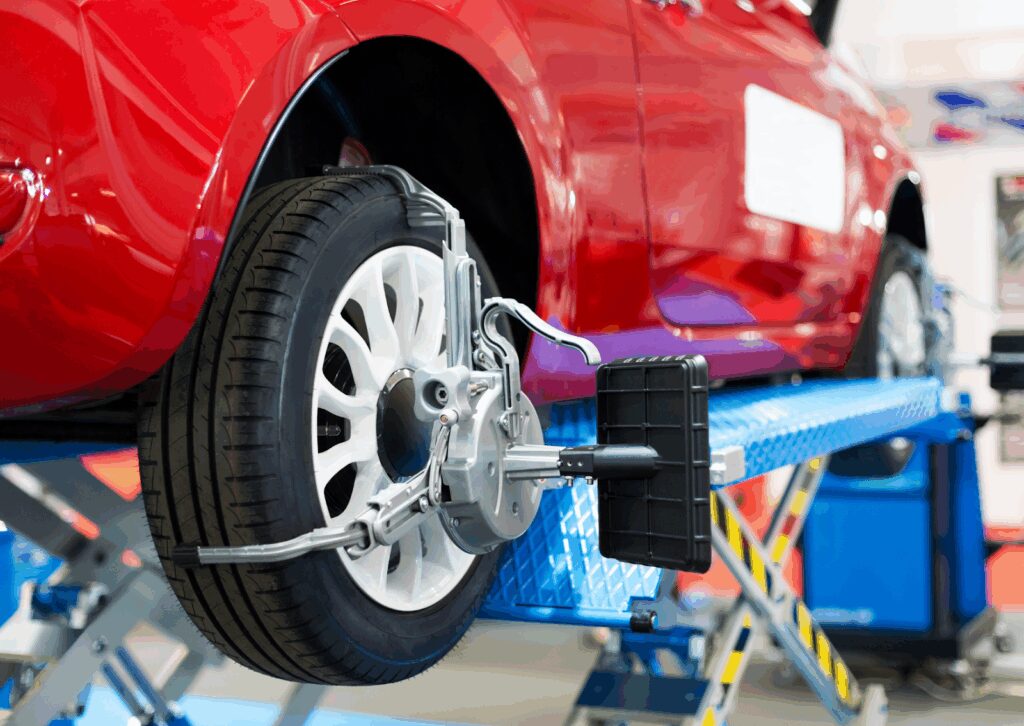
Absolutely. Proper wheel alignment has a direct impact on your car’s gas mileage. Misaligned wheels create rolling resistance, forcing the engine to work harder. This can lower your vehicle’s fuel efficiency over time.
According to the U.S. Department of Energy, keeping your tires properly inflated and aligned can improve gas mileage by up to 3% (“Driving More Efficiently”). While that number might seem small, it adds up significantly over the lifespan of your vehicle, especially if you’re commuting or driving long distances regularly.
In short, having your alignment checked periodically is an easy way to protect your wallet and help your vehicle operate more efficiently.
Can Tire Balancing and Tire Alignment Be Done Together?
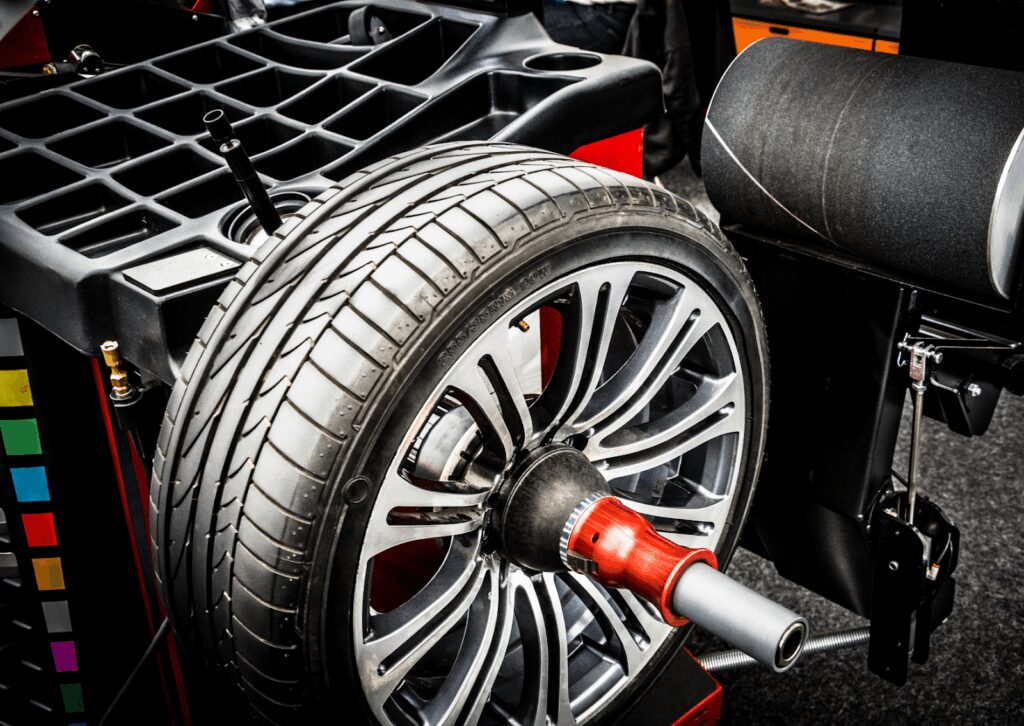
Although tire balancing and tire alignment are two different services, they are often performed together during routine maintenance, especially when installing new tires. Tire balancing addresses uneven weight distribution across your car’s wheels, which can cause vibration or bouncing at certain speeds. Tire alignment, on the other hand, corrects how the tires meet the road.
Doing both ensures your vehicle drives smoothly and your tires wear evenly. When combined, these services extend tire life, reduce the need for early replacements, and improve overall ride quality. If you’re unsure whether you need both, your technician can provide an accurate time estimate and recommendation based on a visual inspection and road test.
How Do Alignment Issues Affect the Steering Wheel?
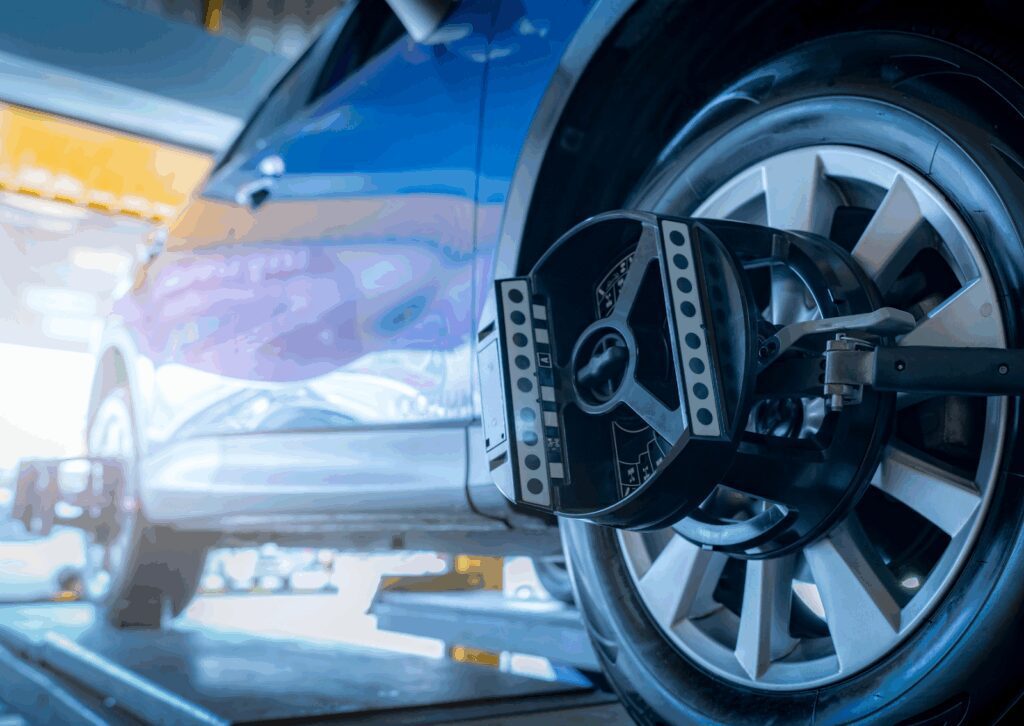
One of the most common signs of alignment issues is a steering wheel that pulls to one side or doesn’t return to center after a turn. An off-center steering wheel is often a result of the wheels not being aligned properly in relation to the steering axis.
This can make the vehicle harder to control, especially on highways or rough roads. Over time, poor alignment can also put stress on the car’s suspension system and lead to wear and tear on critical components. If you feel vibrations or resistance in the steering wheel, it may be time to have your alignment checked.
Should You Get an Alignment with New Tires?
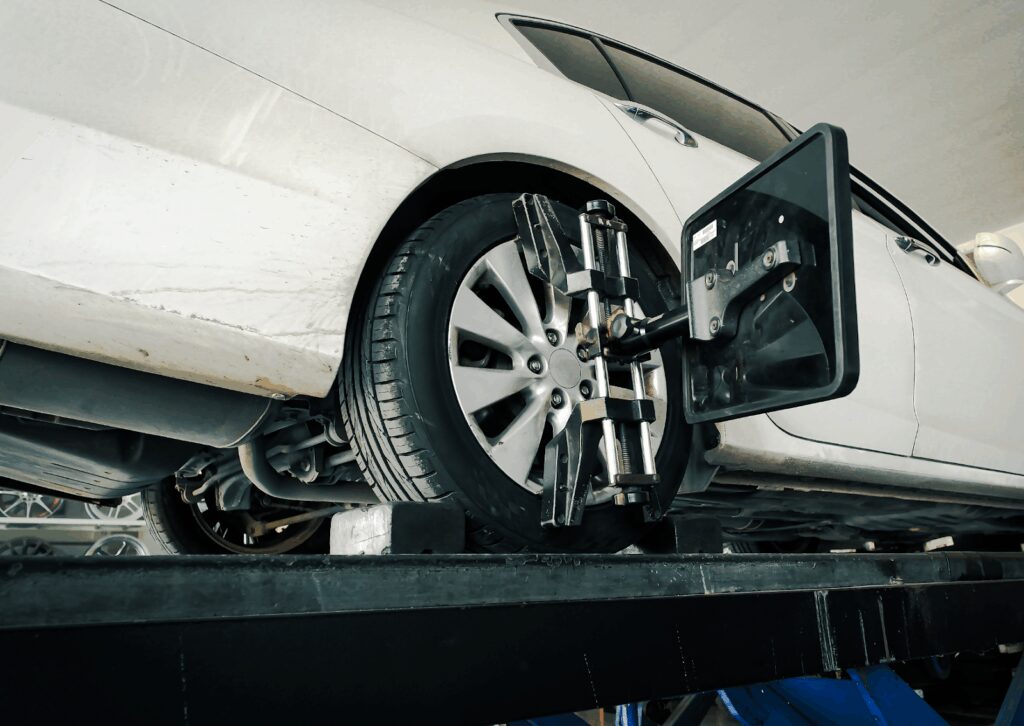
Yes, getting an alignment when installing new tires is highly recommended. New tires represent a significant investment, and misaligned wheels can cause uneven tire wear, drastically shortening their lifespan.
Even if your previous set of tires wore evenly, your suspension may have shifted over time due to potholes, curb impacts, or natural wear. A front alignment or four-wheel alignment ensures your new tires are set up for maximum performance and longevity.
Most tire shops offer discounted alignment services when you purchase new tires. This not only saves money in the short term but also protects your investment in the long run.
How Often Should You Have Your Alignment Checked?

Experts generally recommend having your alignment checked at least once a year or every 12,000 miles. However, this can vary based on driving conditions and vehicle type.
If you frequently drive on rough roads, have recently hit a large pothole or curb, or notice symptoms like pulling, steering issues, or uneven tire wear, it’s wise to schedule an alignment check. Most modern vehicles have electronic steering and complex suspension systems that require regular maintenance to stay in spec.
An annual inspection provides peace of mind and helps you catch problems before they become costly repairs.
What Are the Long-Term Benefits of Keeping Your Wheels Aligned?
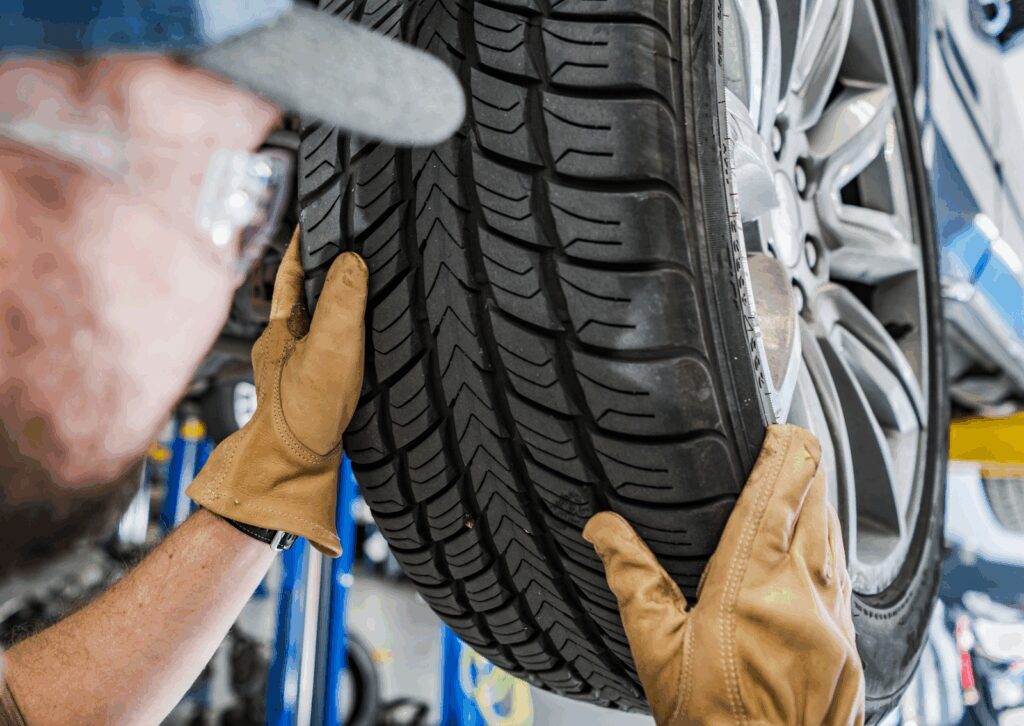
Keeping your wheels aligned offers multiple long-term benefits. Proper alignment reduces tire wear, saving money on replacement tires. It also improves handling and safety by ensuring your vehicle tracks straight and responds predictably to steering input.
Additionally, properly aligned wheels reduce the strain on suspension parts, like the ball joint and control arms, which means fewer repairs over time. Lastly, alignment enhances fuel efficiency by minimizing rolling resistance. All these advantages contribute to a smoother ride, better performance, and lower maintenance costs over the life of your vehicle.
How Can You Tell If Your Car Needs a Front End Alignment?
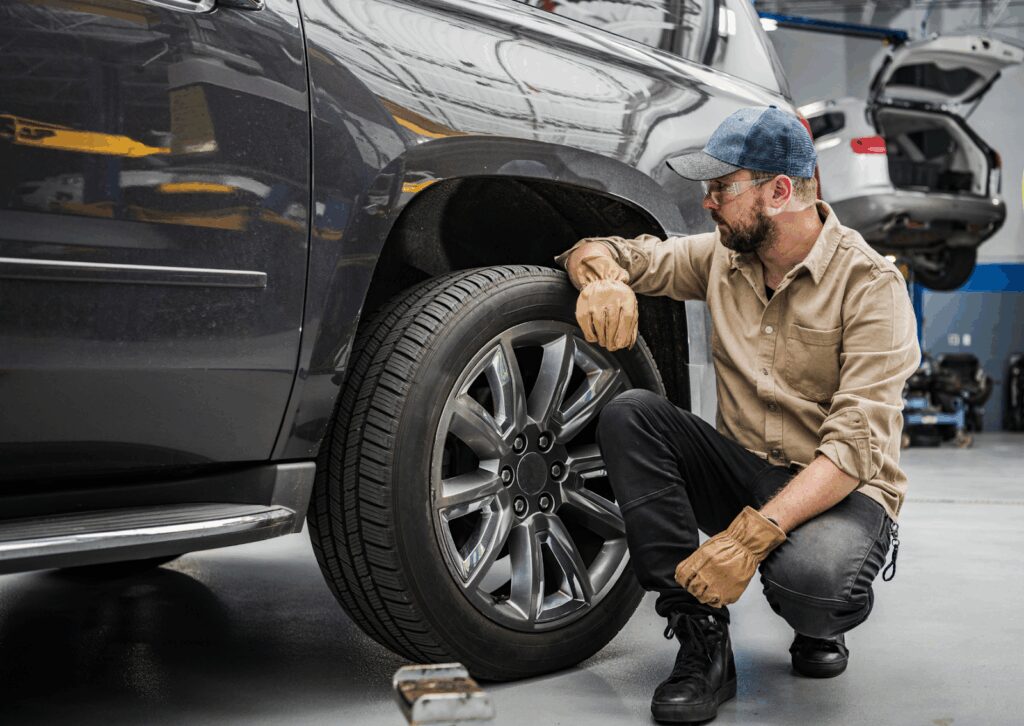
There are a few telltale signs that your vehicle may need a front-end alignment. If your car is pulling to one side, the steering wheel is off center, or you’re experiencing vibration at high speeds, these are clear indicators. Uneven tire wear is another common symptom.
You may also notice decreased gas mileage or that the steering feels “loose” or unresponsive. If you spot any of these issues, don’t wait. Having the alignment checked can prevent more serious problems and protect your vehicle’s suspension and tires.
Ready for Better Driving Performance? Here’s What to Do Next

If you’ve noticed alignment problems, uneven tire wear, or your steering wheel feels off, it may be time for a professional inspection. The team atMetric Motors in Loveland, CO, offers expert alignment services using advanced alignment machines to ensure your vehicle is road-ready. Whether you need a front-end alignment, full four-wheel alignment, or just a quick inspection, they provide trustworthy, efficient service with an accurate time estimate and customer-first approach.
Don’t wait until alignment issues lead to more expensive repairs. Schedule your appointment today with Metric Motors and keep your car running smoothly for miles to come.
Is It Really Worth the Wait for a Wheel Alignment?
Absolutely. While getting a wheel alignment might seem time-consuming, the benefits far outweigh the waiting time. A properly aligned vehicle delivers better fuel economy, improved handling, longer tire life, and safer driving.
Whether your car is pulling, your steering wheel feels off, or you’re simply due for a check-up, investing a little time now can save you money and hassle down the road. When it comes to the health of your vehicle and your safety on the road, a wheel alignment is always worth the wait.
Works Cited
“Driving More Efficiently.” U.S. Department of Energy, www.energy.gov/energysaver/vehicles-and-fuel-efficiency/driving-more-efficiently. Accessed 18 June 2025.
“Wheel Alignment: What You Need to Know.” National Highway Traffic Safety Administration, www.nhtsa.gov. Accessed 18 June 2025.
“Wheel Alignment.” Car Talk, www.cartalk.com/car-owners-guide/wheel-alignment. Accessed 18 June 2025.
“Tire Maintenance Tips.” Tire Industry Association, www.tireindustry.org. Accessed 18 June 2025.
Frequently Asked Questions:
1. How long does a typical wheel alignment take?
A standard front-end alignment generally takes between 30 and 60 minutes, while a full four-wheel alignment can take up to 90 minutes, depending on your vehicle’s condition and suspension system.
2. What signs indicate my car needs a wheel alignment?
Common signs include the vehicle pulling to one side, an off-center steering wheel, uneven tire wear, vibrations while driving, or reduced fuel efficiency.
3. Does wheel alignment affect gas mileage?
Yes. Misaligned wheels create drag and rolling resistance, which forces your engine to work harder and decreases fuel efficiency. Proper alignment helps improve gas mileage.
4. Should I get a wheel alignment when I buy new tires?
Absolutely. Even if your old tires wore evenly, your suspension could have shifted. Aligning your wheels protects your investment in new tires by preventing premature wear.
5. Can tire balancing be done at the same time as a wheel alignment?
Yes. While tire balancing and alignment are different services, they are often done together for optimal handling, smoother rides, and extended tire life.





